Print is just talking on paper - Thomas EdisonThrough their marking, children are communicating their ideas, expressing their feelings, developing their imagination and creativity, and testing their hypotheses about the world, it is a truly valuable experience for young writers. For the focus of this post I am referring to the role of mark making in the development of handwriting skills and letter formation. In the early years children make marks simply for the sensory enjoyment of that smooth feeling of moving a marker across the whiteboard or the bumpy sensation of chalk grating across the tarmac, or simply the visual sadifaction of coloured paint dripping down the page. All these experiences are building their confidence and dexterity as well as the fine motor skills needed for compedent use of writing tools. Mark making and drawing is a fundamental step towards readiness to write letters. As soon as a child realises that their drawings and marking can communicate a message and generate a response from a reader, all of a sudden this skill has added value. So naturally, when children realise that the letter sounds they have been learning can be visualized by a written symbol they begin to intuitively scribe letter like images by exploring different shapes and movements using tools. I like to allow children time to continue exploring this new understanding of written work outside of a formal context during the first half of Junior Infants. They can learn to build confidence and have fun writing informally. Be mindful of overwhelming children with too much new information to process at one time. I have had great success following a speech to print approach as previously mentioned in my phonological awareness post. At the moment we are on step 5 of our phonological awareness journey, where their brain’s speech centre is processing how to blend and segment each sound as they say the word and then later in the year we will link the familiar sound to it's letter symbol, name and written formation. In my experience being a Deis 1 school, many of the children who arrive in Junior infants have not yet have grasped many important pre-reading and pre-writing skills, so this timeframe works well for me. Expecting a child to incorporate the many different rules involved in handwriting, such as writing on lines, repeatitive tracing of letters while following complexted patterens involved in correct formation before a child has the muscle strength, hand-eye coordination, or can even hold a pencil correctly is unfair, it could be setting them up to fail or at least forcing them to take the hardest route. Learning to write shouldn't be unpleasant or difficult for a child or a teacher. Further more, bad habits could be formed by being forced to form letters before they are ready, as a child who finds it difficult to follow the rules will often take the easiest route to form a letter, and if that means drawing an 'o' and adding a flick to make an letter 'a' then that is exactly what they’re going to do. Ask yourself… what’s the rush? Even the most able child will be happy to explore and develop their early writing skills through mark-making and fine motor activities. That is my experience but of course all children are different and you will follow a timeframe that suits the children you teach. Just as with the phonological awareness, there are progression steps to handwriting which are laid out clearly in the new language curriculum, only one learning outcome refers explicitly to handwriting. Each child will develop according to their fine motor ability. Above are the progression steps outlined in the New Language curriculum. If you were to look at them over a two year progression scale I would aim for a-c in Junior Infants and c-e in Senior Infants. So, my focus for September to January is Milestone a and b above. I have written previously about building fine motor skills, correcting pencil grip and below I will share ideas on mark-making activities. Plenty to get children really ready to write I think! Don't forget holding off on formal letter formation allows all the time that is needed to focus on phonological awareness before print! Mark making trolley!Get yourself a mark making trolly with all the necessaries to make fun mark making any time, any where! My children love to explore mark making and drawing when ever they get the opportunity which is often throughout the day, and as much as they want during Aistear play. Encourage children to use resources flexibly, and don't be alarmed when children choose to move resources from one area to another or decide to combine different types of medium, as this is a valuable part of the creative experience. A mark making trolley/shelf allows children to move their tools as they require for their work. Inside playful experiences that encourage mark making and writing
Outside playful experiences when the weather allows!
Tools
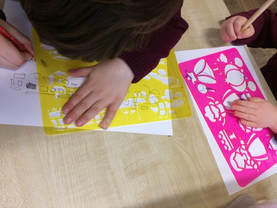 Role-play area
Construction and Junk art area
Sand/Soils Area
You can download the list above here. ColouringLot’s of colouring in the early days offer an intense workout for little hands and fingers. Teaching children how to use their tools in different ways is important. Putting a crayon on its side to shade. Making prints with markers. Teach children how different marks will help them to keep control of their colouring when trying to keep their colouring inside the lines. DrawingI love teaching children to draw. It involves all the skills that will make them great hand-writers when the time comes. It is the perfect way to develop hand-eye coordination and observation skills. The human form is the perfect drawing to tackle first. I always tell the children to look at the shapes when trying to draw anything, a basic skills used by all artists. Every month I draw a selection of simple drawings to link in with our topic. This helps the children to draw and communicate in their writing activities. We draw them all the time. Adding simple drawing to a dice makes a fun mark making activity. Learning to draw really builds their confidence more than anything, which will make learning to write all the more achievable for little learners! Writing PatternsMy pattern lessons are as formal as a writing lesson gets in my junior infant class in the first half of the year. I mainly use my copy for these activities as it saves paper and offers a perfect assessment folder. For more ideas on pattern lesson check out the NCCA's Support Material. Mini Pattern Lesson I Do: On the board I draw the same patterns as in their copy. They observe. How did I hold my marker? Where did I start making a mark? What shapes did they see in my patterns? We Do: Together we look at our copies. Why is there a little arrow there? (starting point: left-right, top-bottom orientation) Hold your magic pen (Peter Pointer & Tommy Thumb holds the invisible pen) let's trace together. How did your fingers, wrist, arm move? (Body awareness) What way did your magic pen move? (curved, straight, tall, short, slanted, sharp turn down etc, all the language I will use when teaching letter formation after Christmas) You Do: Chairs in, back straight, page slightly slanted, one hand holding page steady, correct pencil grip (following one step instructions)they trace patterns in their copy.
Bring pattern into their play during Aistear or as an early finisher's exercise. Draw some shapes and have the children decorate them by filling them with patterns. Sensory writing
Now they're ready to write!So when are they ready to form letters? After months of working on mark making, building confidence with their writing tools, perfect pencil grip by everyone, great hand eye coordination, good drawing skills, I know that all the children (bar the exception of child who might have specific needs) are ready to write letters with little difficulty and less stress. I do this simple assessment with my children when they arrive in Junior Infants and just before I'm going to start formal letter formation. Children should be able to write these 9 pre-writing strokes well 3 times each before asking them to write. Download your free Writing Readiness Assessment here. This post will be followed shortly by one on strategies for formal teaching of letter formation in the infant years, so make sure you follow me on Facebook to be sure to read it first! I hope you enjoyed this post and will be able to bring something back to your own classroom. I love to hear what works in your classroom in the comments section below. Subscribe to Infant Education Blog here. Zara Further Reading
6 Comments
27/11/2017 04:22:54 am
Great article! A must read for all Early Childhood teachers.The role of drawing in early writing cannot be underestimated. Love all the pictures and the samples of children's writing. Well organized and easy to read article. Did not not know about your Blog. Thank you to our Principal for emailing this article to us and bringing your Blog to our notice. Will follow your Blog from now on. Thank you.
Reply
Zara
27/11/2017 04:07:03 pm
Glad you enjoyed the post Akhtar and thanks for taking the time to give me feedback. I appreciate that. :)
Reply
Amy
1/12/2017 08:36:21 pm
Excellent blog post. Found this extremely useful. I am guilty of rushing in to writing letters too quickly. Will definitely use your mark making ideas in my classroom. Thank you for sharing.
Reply
Zara
1/12/2017 08:58:32 pm
Thanks Amy! Lovely to read your comment. You're not alone there, It's nearly tradition to start writing the minute children arrive in junior infants and sometimes teachers feel the pressure to show visual results fast from both home and school. But there is plenty visual progress to see in the area of mark making too, I really enjoy exploring it as there is not as many rules and it's easier for children to achieve success every time! :)
Reply
Jacqueline Neligan
14/9/2018 11:12:03 pm
Wow!! Just wow!! I've taught infants in a 4 class setting (Juniors-2nd Class) for a number of years and they always got kind of rushed through all the reading and writing stages. You have totally opened my eyes to a new approach that sounds incredible! I don't know how you do it. Will be following from now on!
Reply
Zara
19/9/2018 06:09:14 pm
Thanks Jacquelin! Lovely to get the positive feedback :)
Reply
Your comment will be posted after it is approved.
Leave a Reply. |
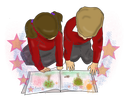
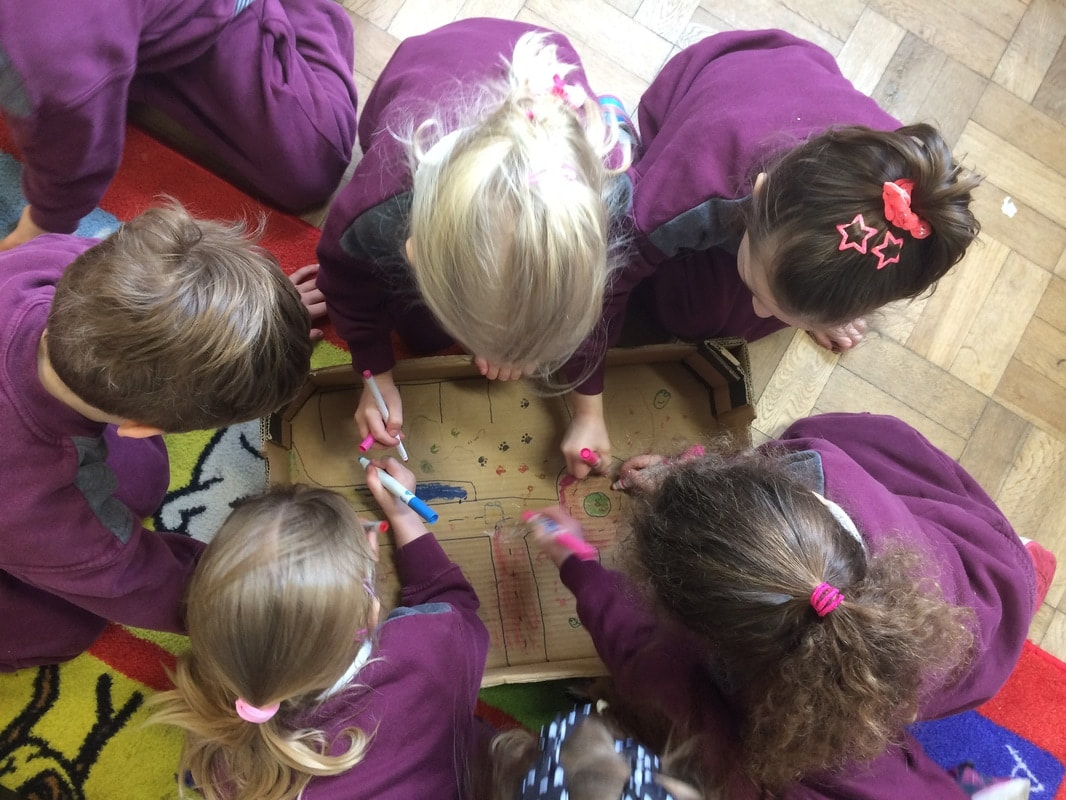
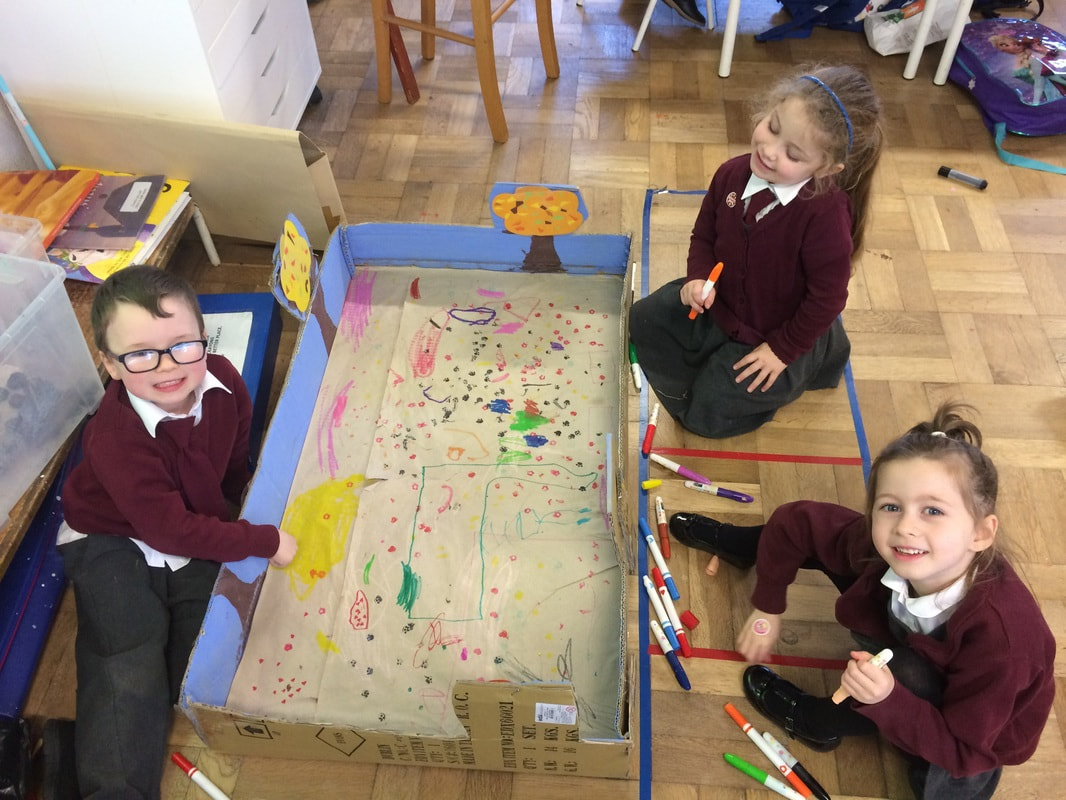
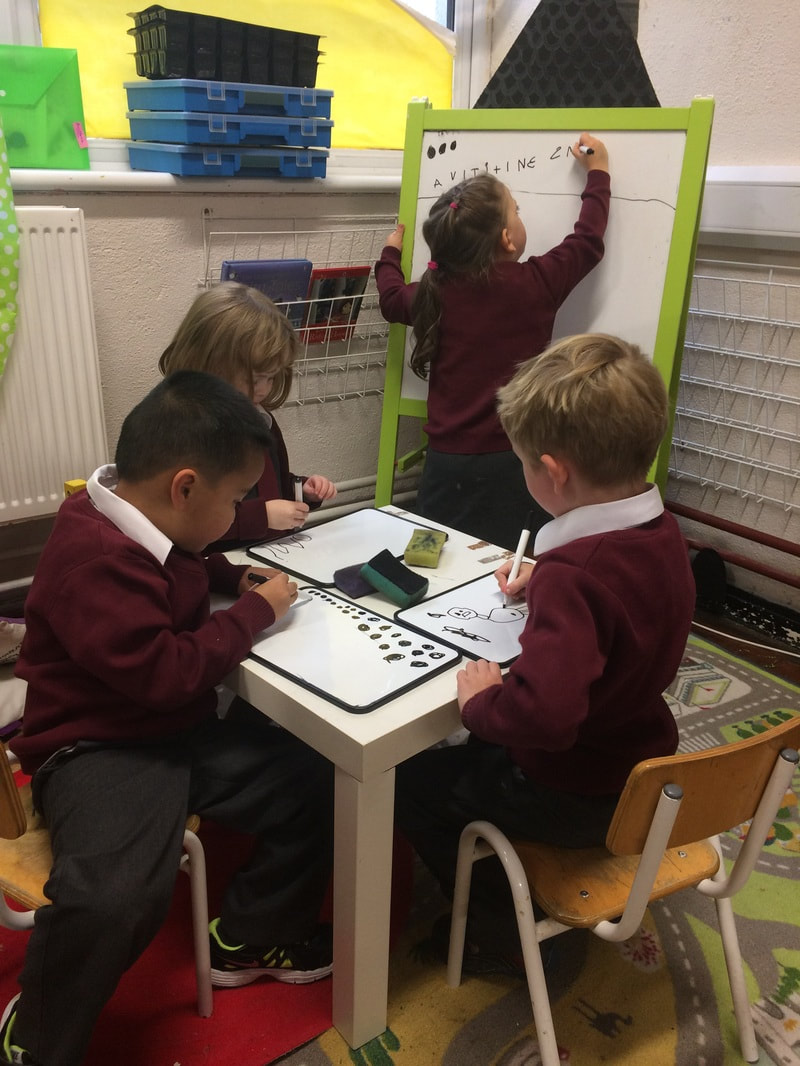
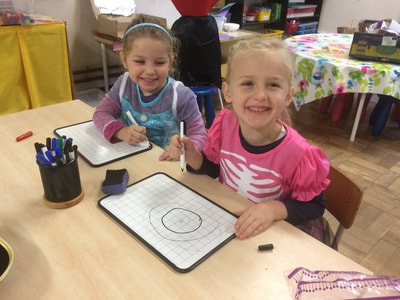
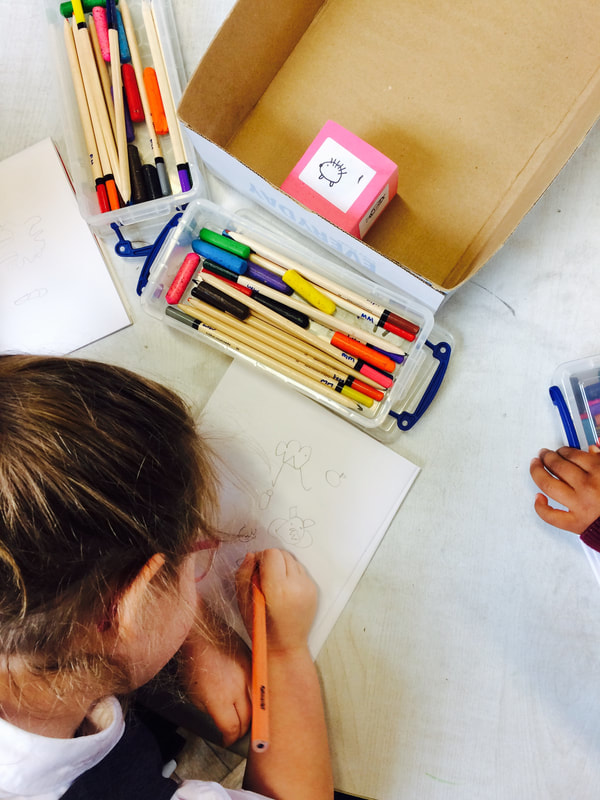


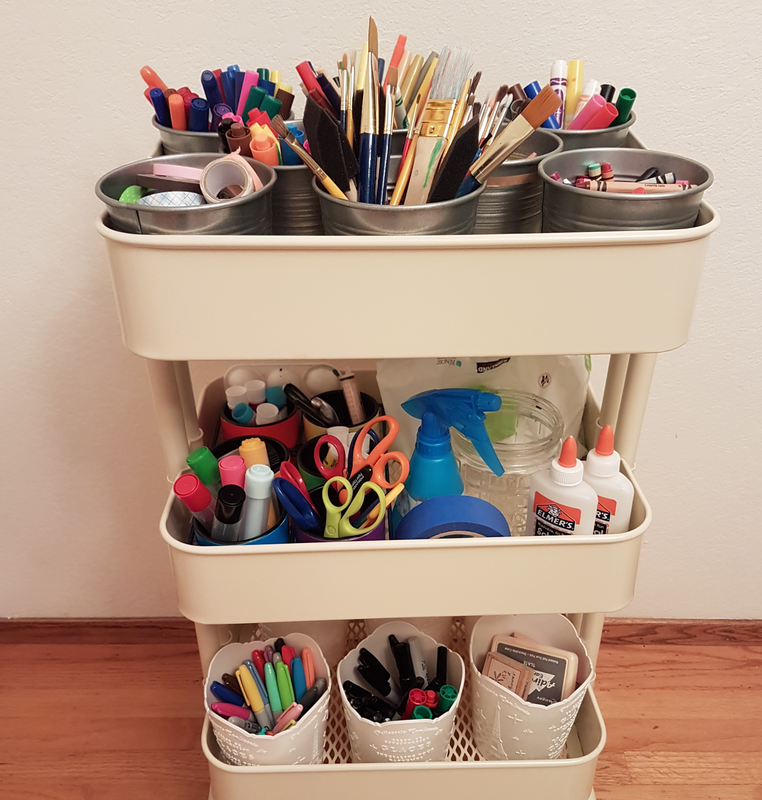
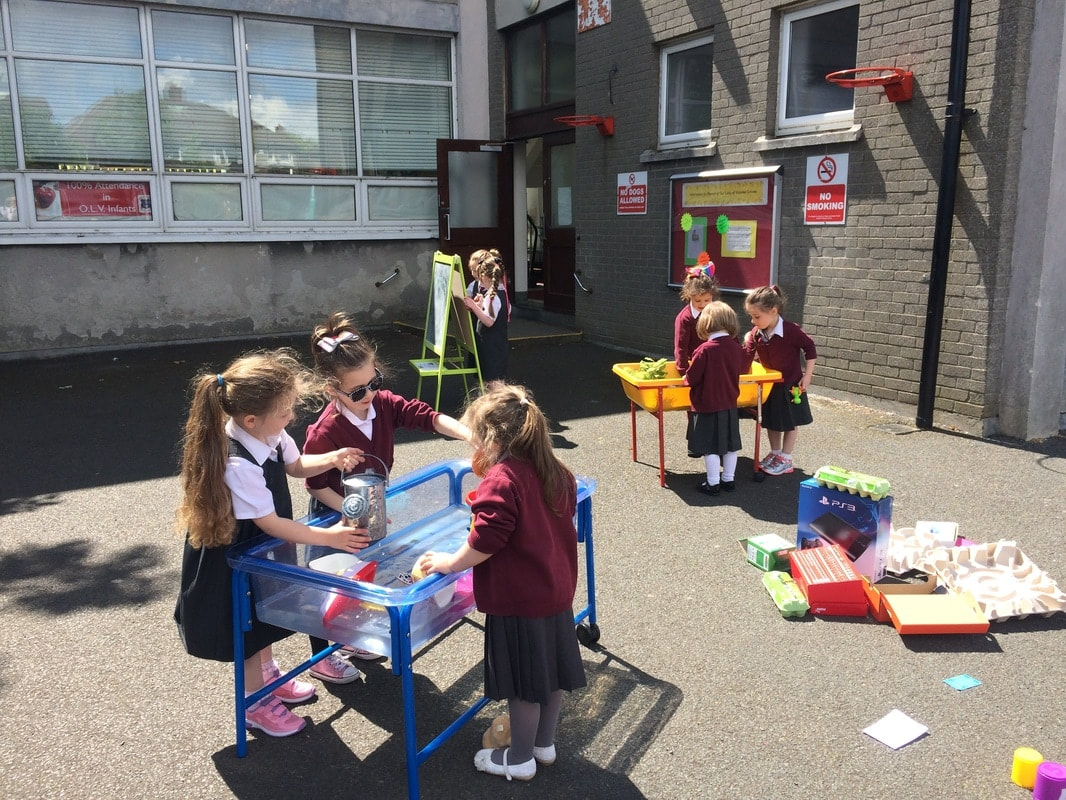
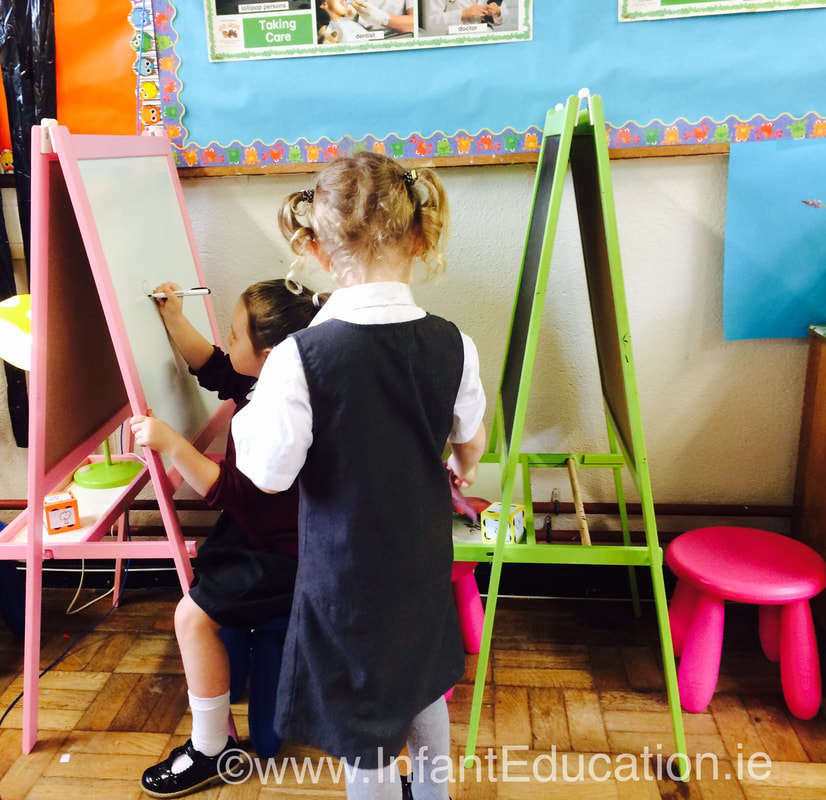
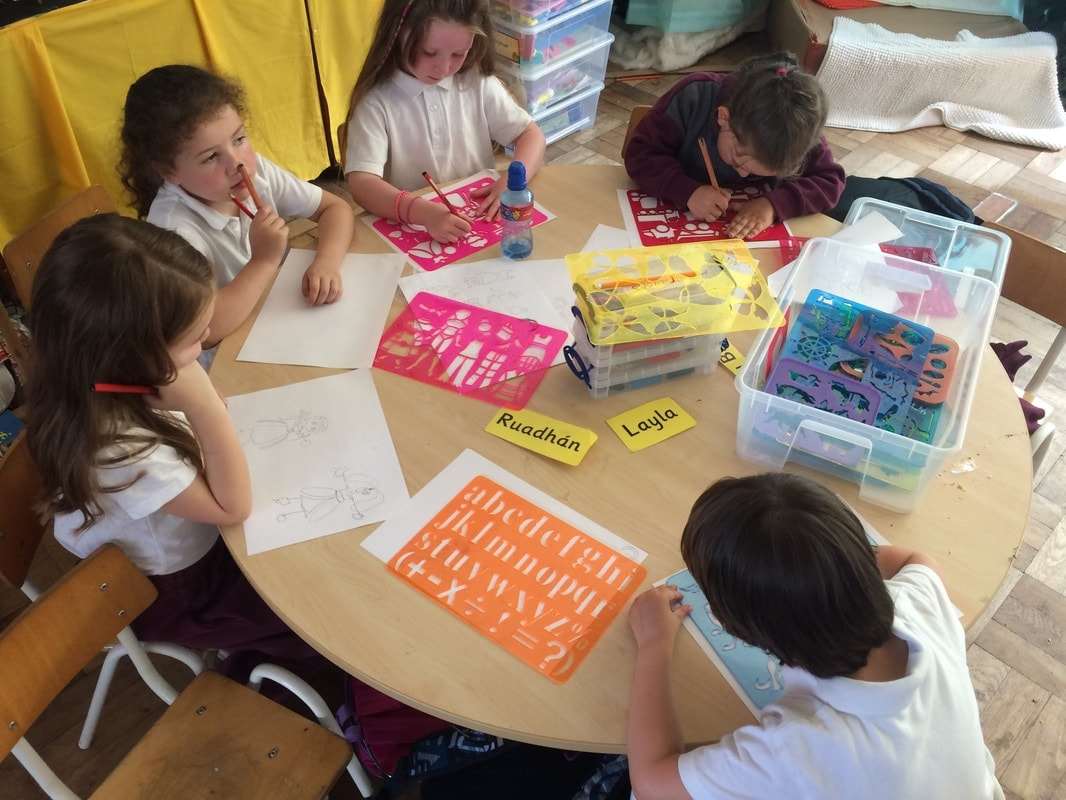
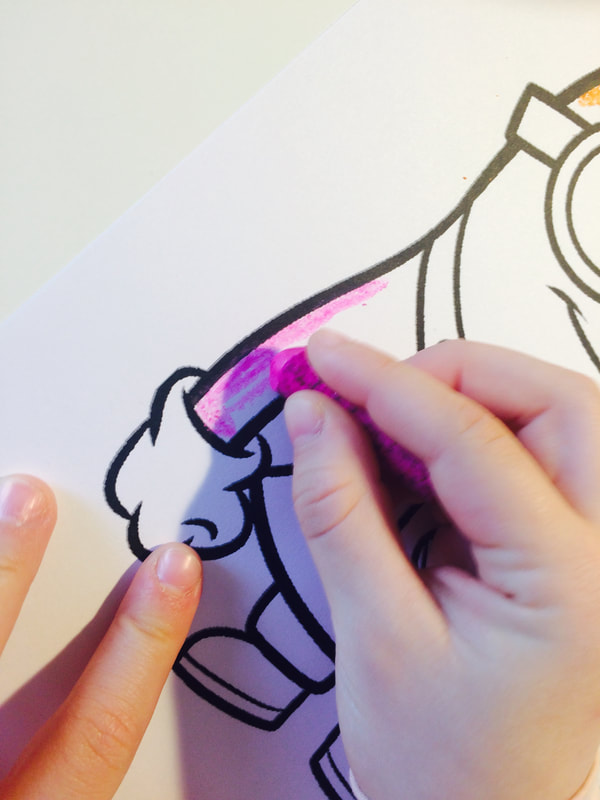
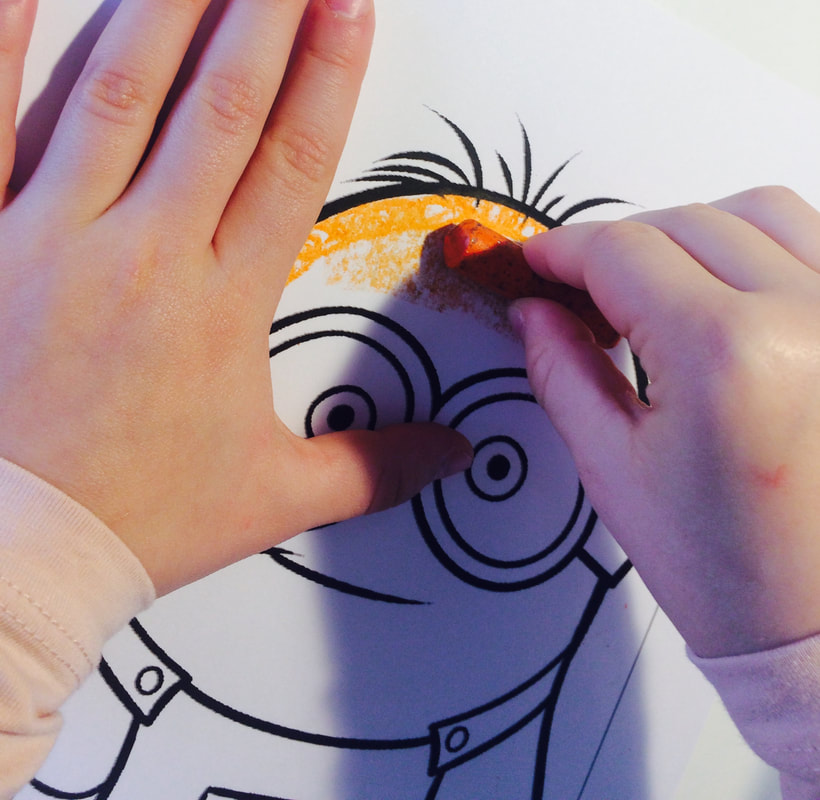
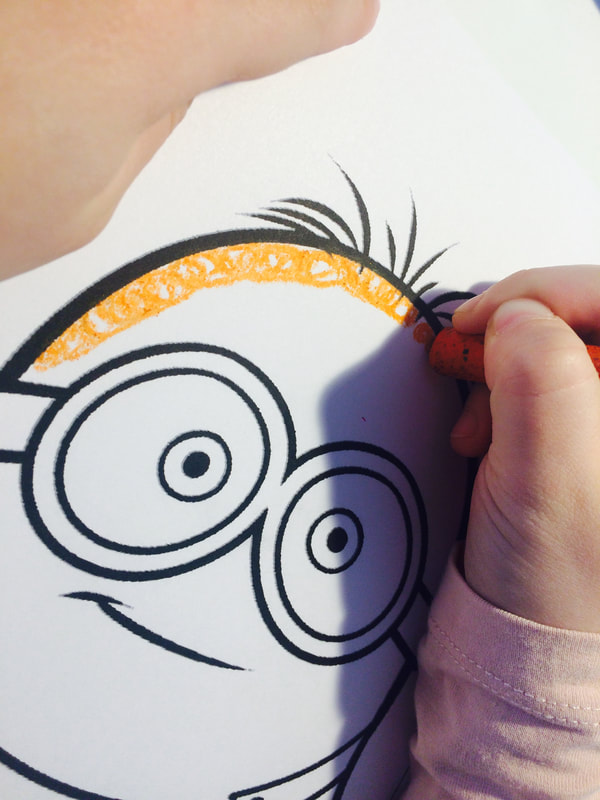
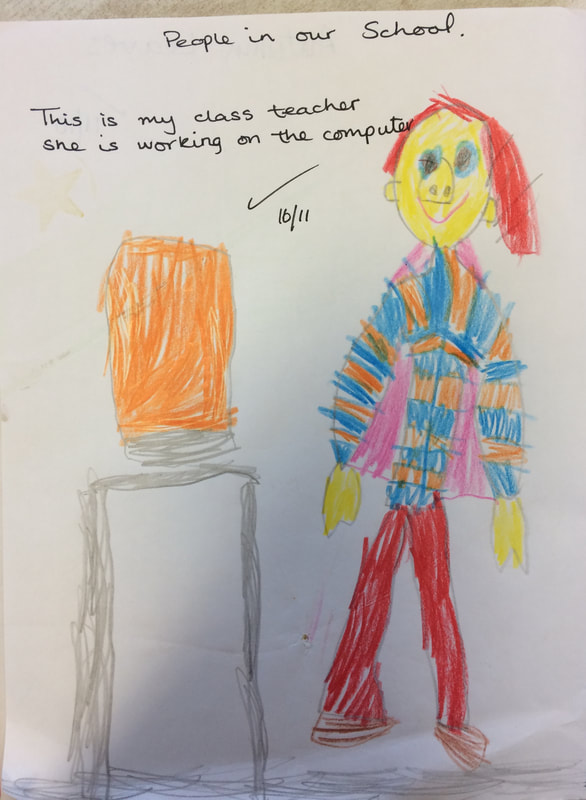
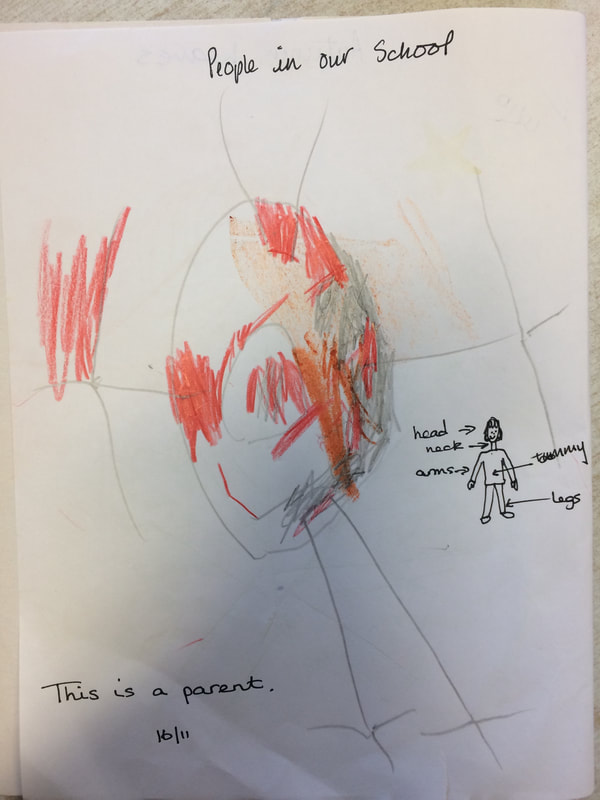
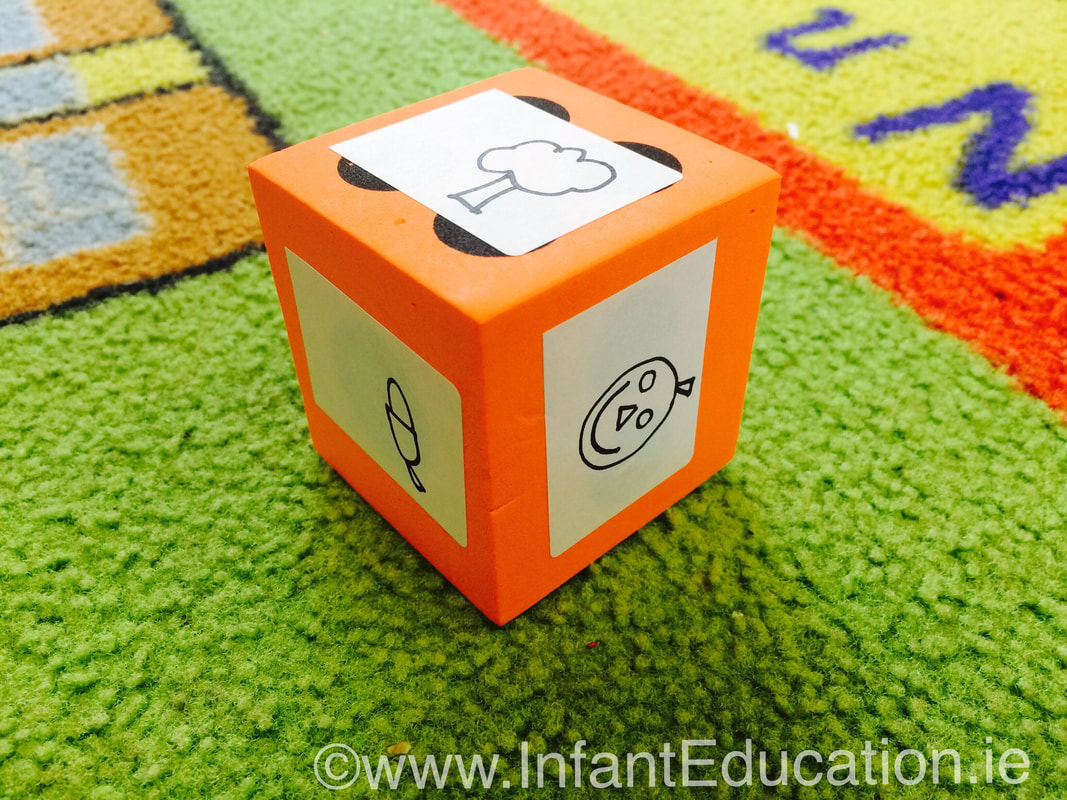
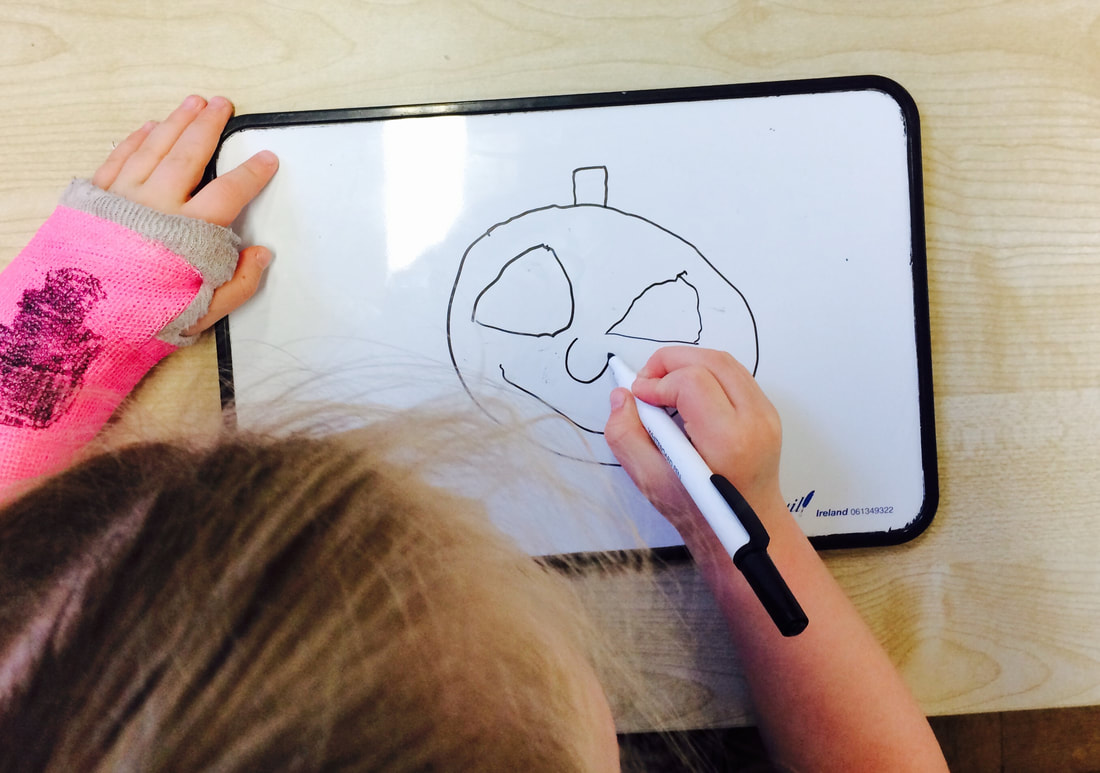
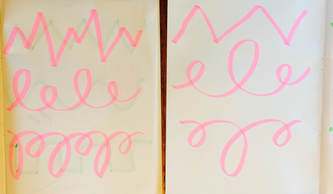
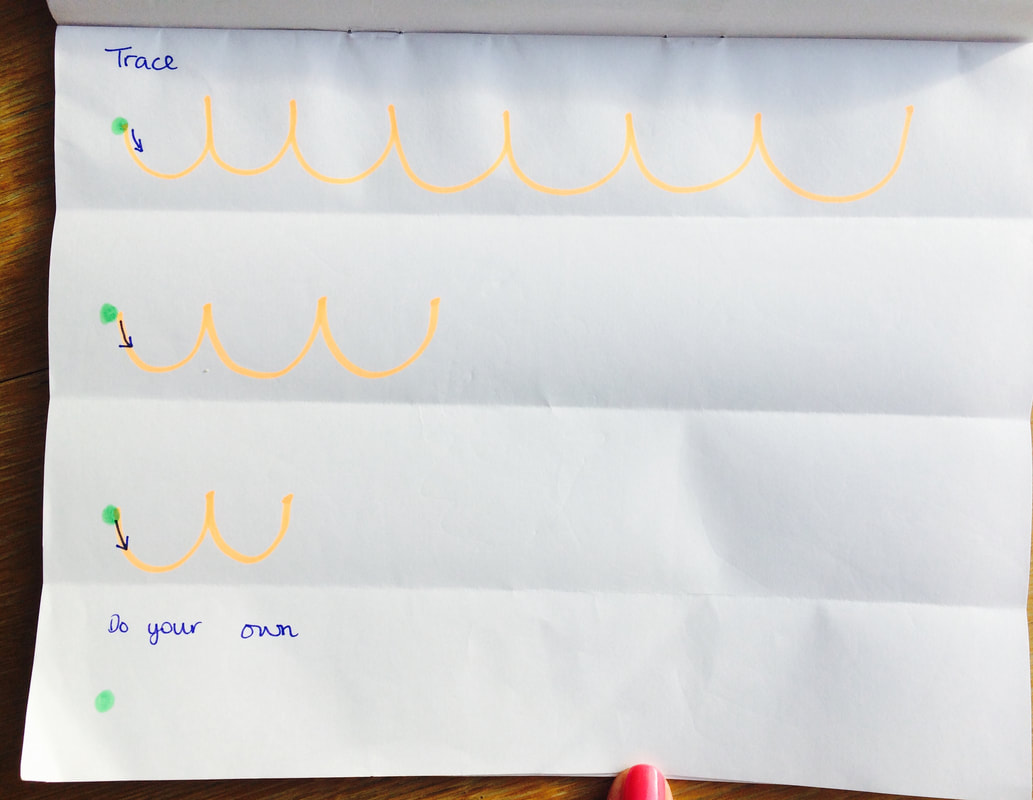
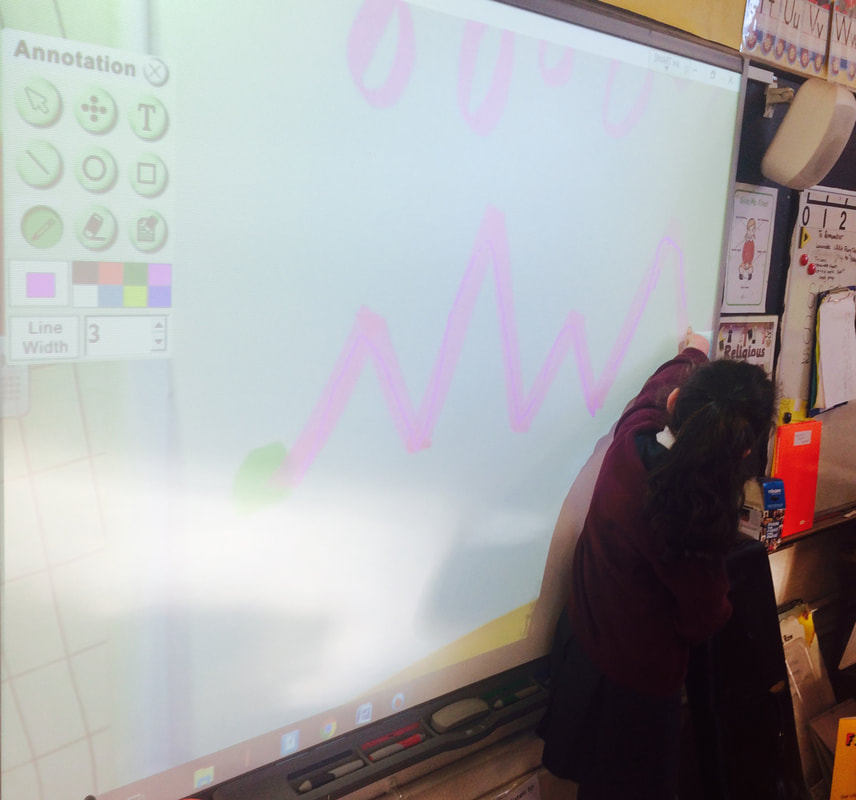
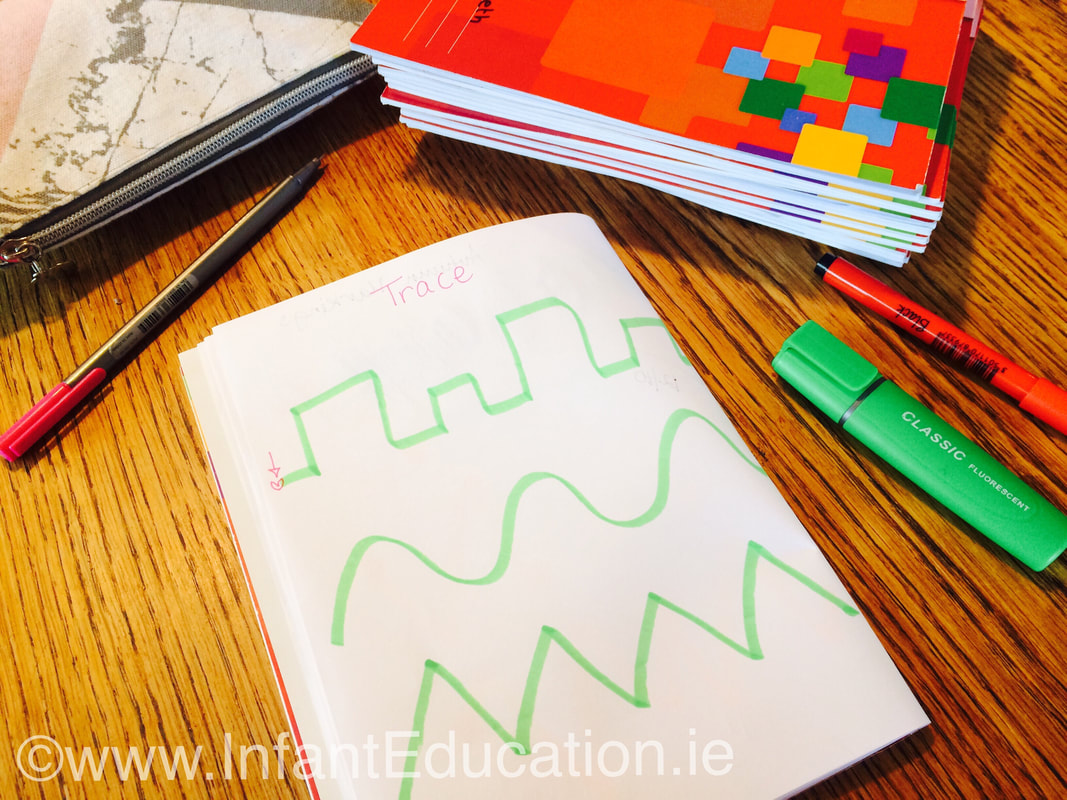
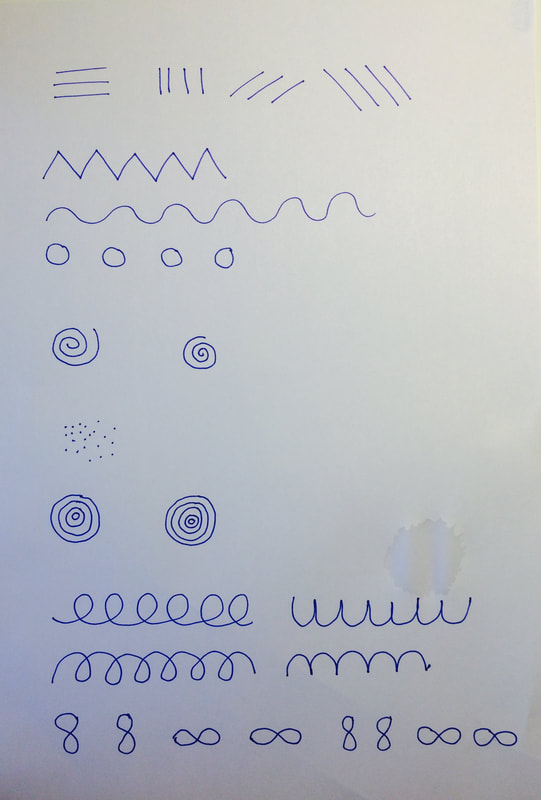
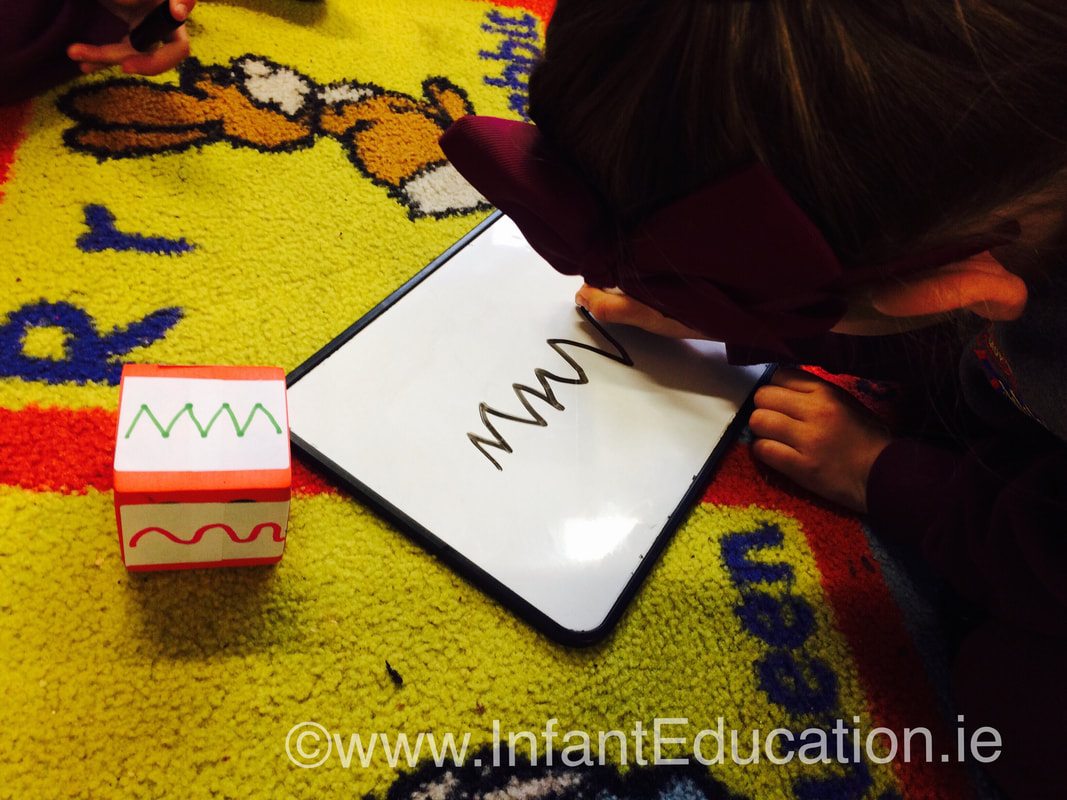
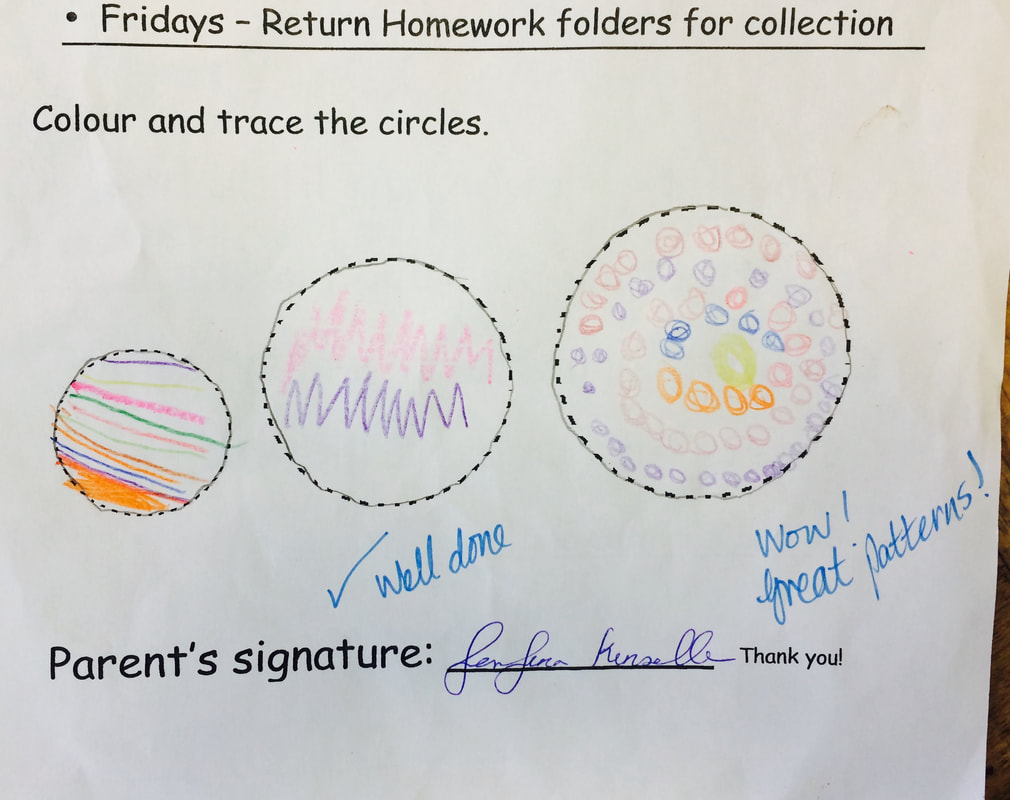
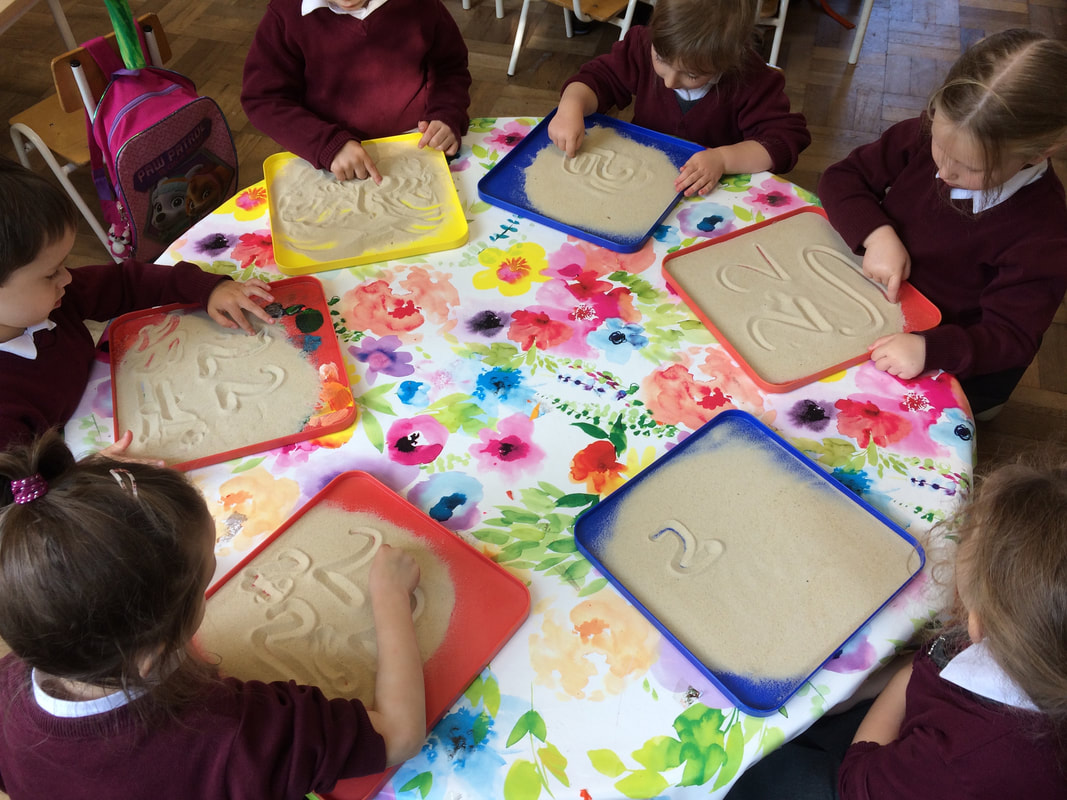
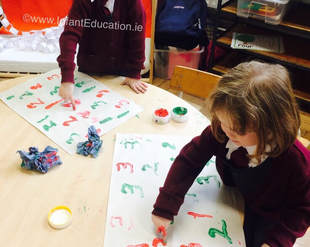
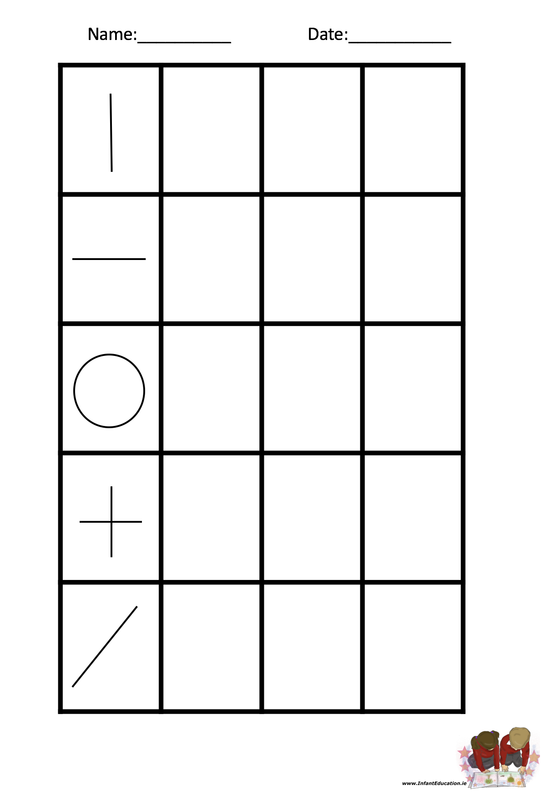
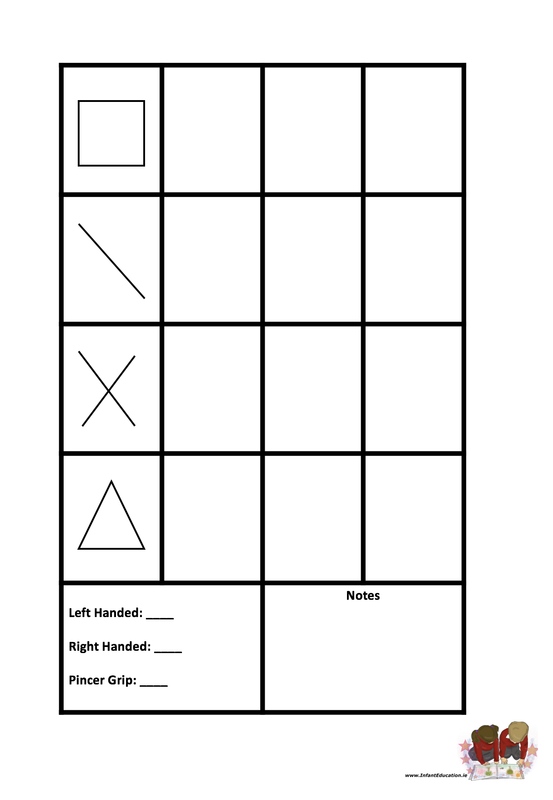
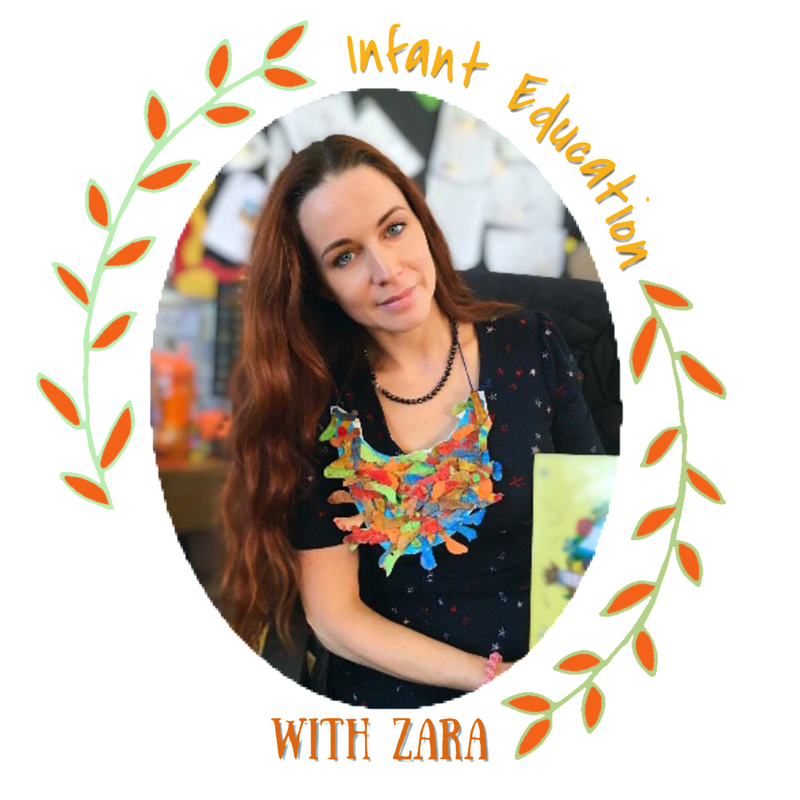
 RSS Feed
RSS Feed